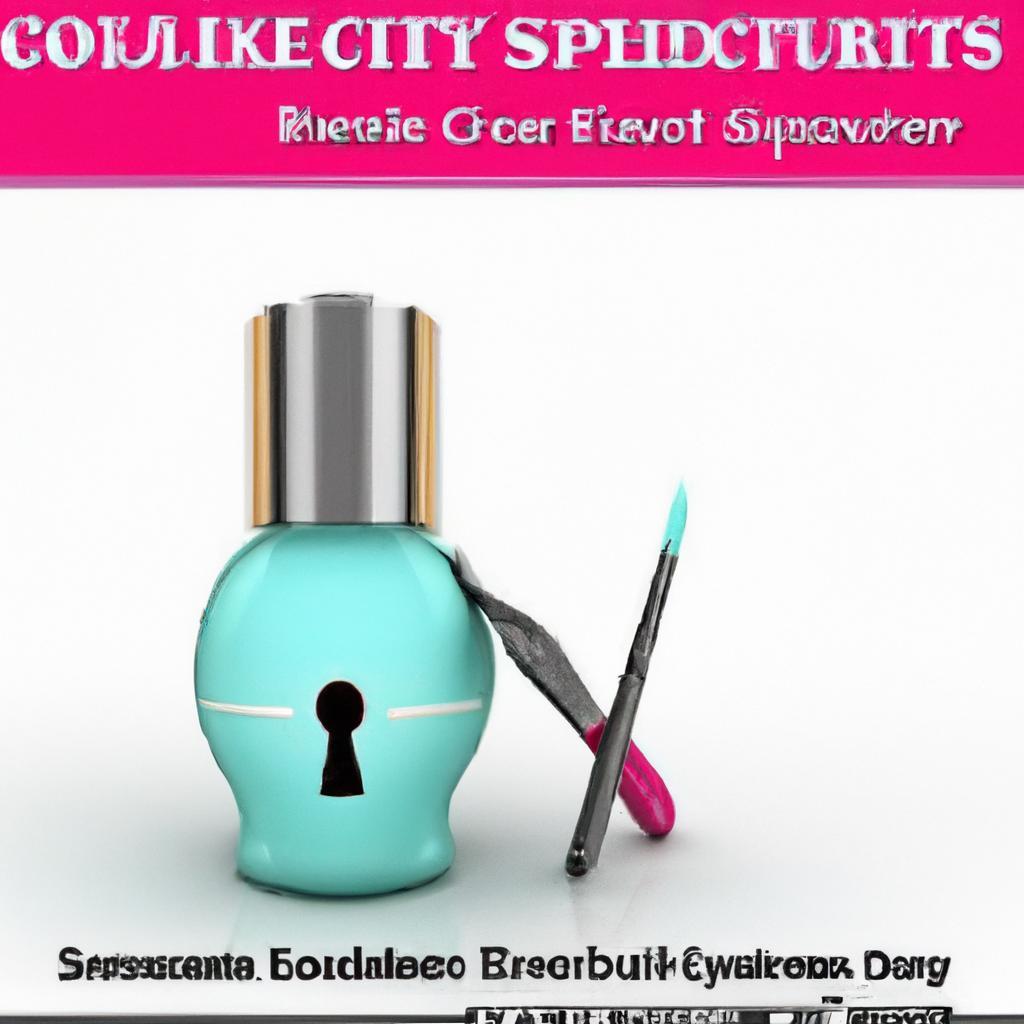Save Your Wallet: The Importance of Skin Testing Before Buying Cosmetics
In a world brimming with beauty products that promise transformative effects, the allure of the cosmetic aisle can be irresistible. From bold lipsticks to shimmering highlighters, the options seem endless, each vying for a place in your makeup bag. However, what often gets overlooked in the excitement of new purchases is a crucial step that could save both your skin and your wallet: skin testing. With the rise of innovative formulations and trendy ingredients, understanding how these products interact with your unique skin chemistry has never been more important. This article delves into the significance of skin testing before making a cosmetic purchase, highlighting how a little precaution can prevent allergic reactions, breakouts, and buyer’s remorse. Join us as we explore the proactive approach to beauty that begins with understanding your skin—because saving your wallet starts with saving your skin.
Understanding Skin Sensitivities for Informed Cosmetic Choices
When navigating the vast landscape of cosmetic products, understanding your skin’s unique sensitivities is crucial for making informed decisions. Different skin types, such as oily, dry, combination, or sensitive, may react distinctively to various ingredients found in cosmetics. Some common triggers that can cause reactions include:
- Fragrances: Often used to enhance the sensory experience, these can irritate sensitive skin.
- Preservatives: Essential for product longevity but can provoke allergic reactions.
- Colorants: Synthetic dyes can be harsh for some individuals, leading to rashes or irritation.
- Alcohol: Often included for its quick-drying properties, it can strip moisture from the skin.
Preemptively testing new products can save both your skin and your wallet. Conducting a patch test before fully committing to a new cosmetic can help identify potential sensitivities. Here’s a simple table to illustrate the patch testing process:
| Step | Description |
|---|---|
| 1 | Apply a small amount of the product to a discreet area of skin, such as behind your ear. |
| 2 | Wait 24-48 hours to observe any reactions, such as redness, itching, or swelling. |
| 3 | If no reaction occurs, the product is likely safe for broader use. |
By valuing the nuances of your skin’s reactions and investing the time in preliminary testing, you can build a cosmetics collection that not only enhances your beauty but also maintains your skin’s health.
Essential Steps for Effective Skin Testing Before Purchasing
Before diving into your cosmetic shopping spree, it’s crucial to conduct some skin tests to ensure you choose products that are compatible with your skin type. Start by cleansing a small area of your skin, preferably on your inner wrist or behind your ear. Once clean, apply a small amount of the product you’re interested in purchasing. Wait for at least 24 to 48 hours to observe any reactions. This will help you determine if the product is suitable or if it could potentially lead to irritation, breakouts, or allergic responses.
Additionally, consider creating a personalized testing chart to track your findings systematically. Use the following columns to categorize your experience:
| Product Name | Skin Type Compatibility | Reaction Observed | Purchase Decision |
|---|---|---|---|
| Product A | Oily | No irritation | Yes |
| Product B | Dry | Redness | No |
| Product C | Combination | Itching | No |
Keep your skin’s unique characteristics in mind and refer to your chart while making purchasing decisions. This systematic approach not only enhances your shopping experience but also maximizes the chances of investing in products that genuinely benefit your skin.
Navigating Product Labels: How to Read Ingredients Like a Pro
Understanding product labels is essential for making informed cosmetic purchases that suit your skin’s unique needs. Start by identifying the **active ingredients** that serve specific functions, like hydration or exfoliation, which can help you avoid buying something that may irritate your skin. Pay close attention to the first few ingredients on the label; they typically comprise the majority of the product. Additionally, familiarize yourself with common **allergens** and **harmful additives** such as parabens, sulfates, and fragrances to sidestep potential reactions.
When you’re ready to explore new products, a handy approach is to create your own **personal ingredient glossary** that lists familiar compounds and their effects. This will not only boost your confidence in navigating labels but also make it easier to compare alternatives. Here’s a simple chart to help illustrate some key ingredients to look for when shopping:
| Ingredient | Function | Common Benefits |
|---|---|---|
| Hyaluronic Acid | Hydrating Agent | Boosts moisture retention |
| Salicylic Acid | Exfoliant | Unclogs pores, reduces acne |
| Retinol | Anti-Aging | Stimulates collagen production |
| Aloe Vera | Soothing Agent | Calms irritation and redness |
To Conclude
In a world where cosmetic choices abound, the appeal of the latest beauty products can be hard to resist. However, as we’ve highlighted throughout this article, the allure of vibrant colors and enticing promises should never overshadow the critical importance of skin testing. By taking the time to assess how a product interacts with your unique skin chemistry, you not only protect your skin from potential irritation but also make smarter, more economical choices. After all, saving your wallet goes hand in hand with safeguarding your skin’s health. So the next time you’re tempted by a new beauty find, remember: a patch test isn’t just a step in your routine; it’s a fundamental investment in your well-being. With a little patience and diligence, you can navigate the cosmetic landscape with confidence, ensuring that your beauty journey is as joyful as it is safe. Here’s to radiant skin and a wallet that sings – happy testing!



















Add Comment